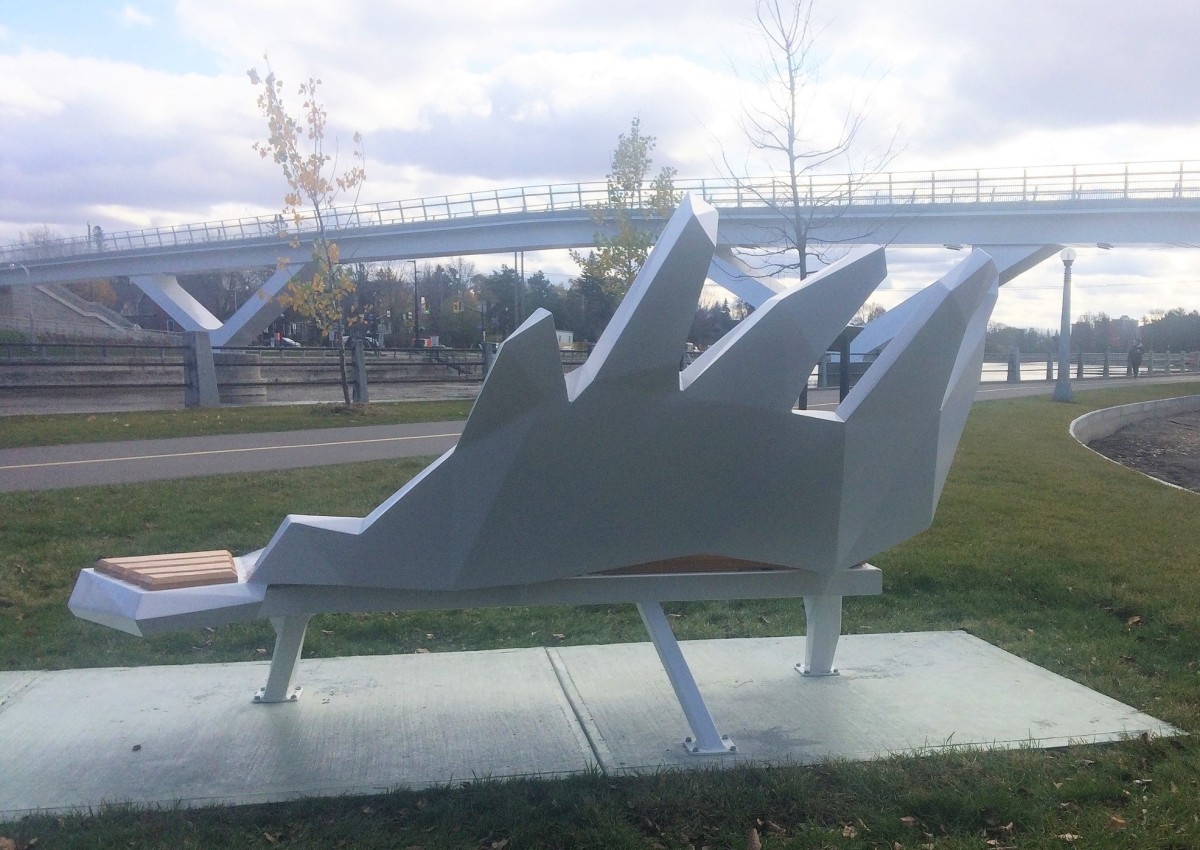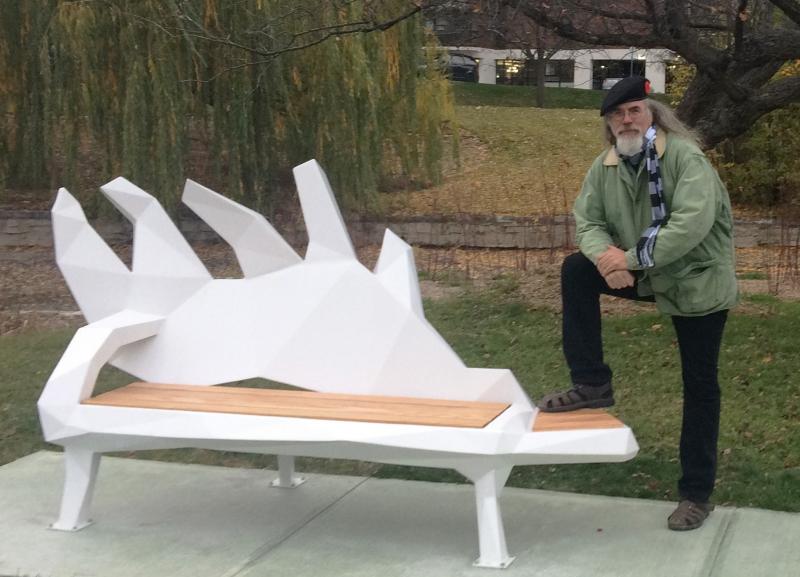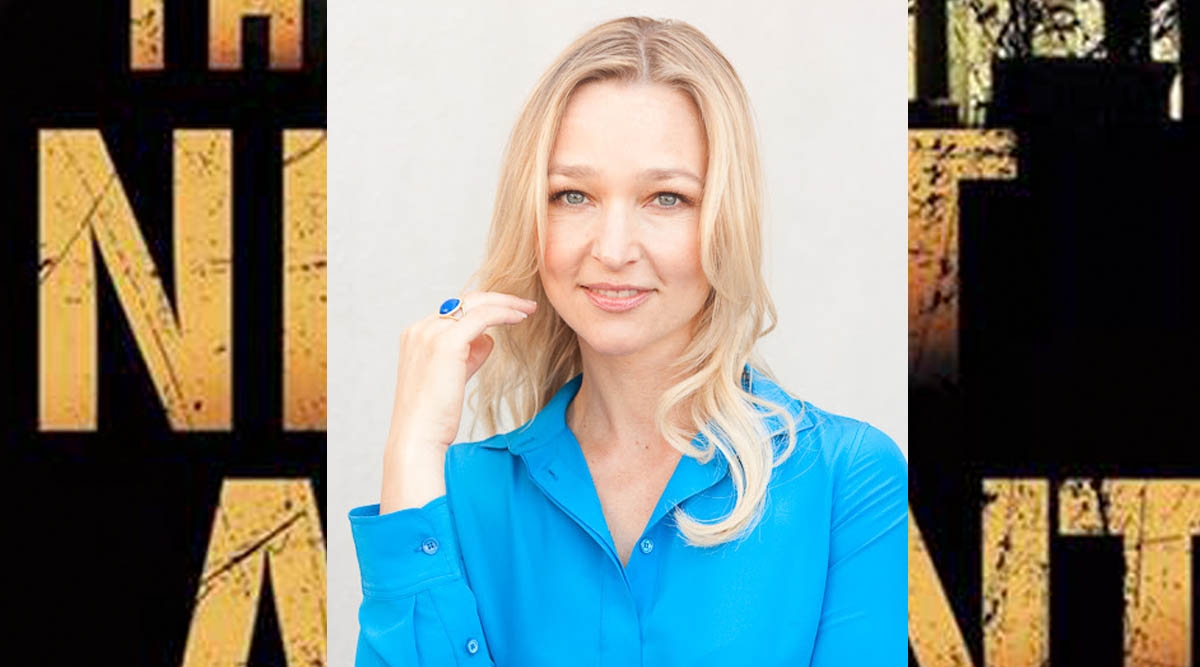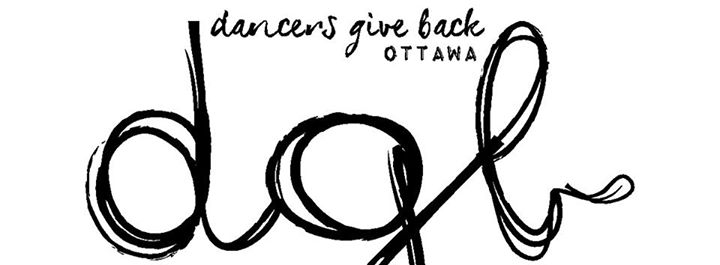
Acclaimed Algonquin artist Claude Latour’s public art piece is installed at the Flora Footbridge
The sleek new Flora Footbridge (named after former the legendary Conservative MP and Foreign Affairs Minister Flora MacDonald) crosses Colonel By Drive and links the Old Ottawa East and Glebe communities via Clegg Street and Fifth Avenue. It opened with little fanfare in June 2019 and this new public space has proven to be a big hit with pedestrians who love it for its design, spectacular view and convenient and quick connection across the historic Rideau Canal.
Credit for this superb project must go to several elected officials and the three community associations, which had long lobbied for the pedestrian bridge. Old Ottawa East newspaper The Mainstreeter writer John Dance wrote a story last August that captured the essence of the project. “A bridge linking Clegg Street and Fifth Avenue goes back to 1907 when the terms of the annexation of the Village of Ottawa East by the City of Ottawa called for the construction of a bridge at the location. In the century that followed, several temporary bridges and a rowboat ferry provided cross-canal connections but, despite various proposals, nothing permanent was built. Many parties deserve credit for getting the bridge approved and built. However, the efforts of community members were fundamental to its conception and progress. The Midtown Footbridge Group formed in 2008 with members from Old Ottawa East, Old Ottawa South and the Glebe, and it worked tirelessly to bring politicians and other parties on side. In the end, nine community associations, five school councils, local businesses and various other parties ranging from the Glebe Little League to the Sandy Hill Community Health Centre endorsed the idea of a new bridge across the Rideau Canal between the Bank Street and Pretoria bridges. The City bought into the concept and included it in the cycling, pedestrian and transportation master plans. Money was then approved for an environmental assessment that was begun in 2011. Three public open houses followed and, in 2012, a bridge with an estimated cost of $17.5 million was recommended. But without a source of funding the project was shelved. In the federal election campaign of 2015, Catherine McKenna pledged to make the bridge a priority. When elected, she followed through by securing $10.5 million from the new federal infrastructure program. Yasir Naqvi, Ottawa Centre’s former provincial member of the legislative assembly, was one of the first politicians to endorse the bridge, and he secured $6.9 million from the Commuter Cycling Program, which was funded through the now-defunct “cap and trade” revenues. Other politicians also worked hard for the bridge. Ottawa Centre MP Paul Dewar was a long-time advocate. Councillor Clive Doucet strongly supported the link in the recommendations of his 2001 Connecting Communities report. And through his eight years as councillor, David Chernushenko made the bridge a priority. As president of the Centretown Citizens Community Association in 2009, Shawn Menard spoke strongly for the bridge. The city’s share of the bridge’s cost was about $3.6 million. Because the actual cost of the bridge was less than the $21 million that was budgeted, both the federal and provincial governments will receive refunds, reports Luc Marineau, the City’s acting manager of design and construction. Preliminary unofficial estimates suggest that the new footbridge has had about 3,500 trips per day. This is substantially more than the 2,100 trips per day forecast in the environmental assessment. To put this usage in context, just four years ago the very popular Corktown Footbridge over the Canal at Somerset Street was averaging fewer than 3,000 daily trips.”

One of the wonderful aspects of the new bridge is the public art designed and placed to complement the structure. The City of Ottawa Public Art Program and community leaders recognize that the traditional territory of the Algonquin people has always included the Ottawa Valley and adjacent lands, straddling the border between what is now Quebec and Ontario.
When the call went out for public art for the space, Algonquin artist Claude Latour responded and his design for a bench called Monz (or Moose) was accepted. The bench design emulates moose antlers and serves as both a resting place for pedestrians and as public art to relay to people the Algonquin presence. It was installed in early November 2019.
There will a bench ceremony in the spring to acknowledge the work of Mr. Latour and his collaboration with community and civic leaders to bring his incredible design to the public. Latour’s work has been featured in private and public galleries across Canada dating back three decades and he is one of Canada’s most renowned Algonquin artists.
The bench is a wonderful addition to public art in the capital and represents another small step taken in the long road to reconciliation with our Algonquin brothers and sisters.








